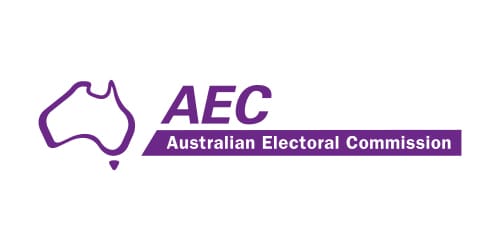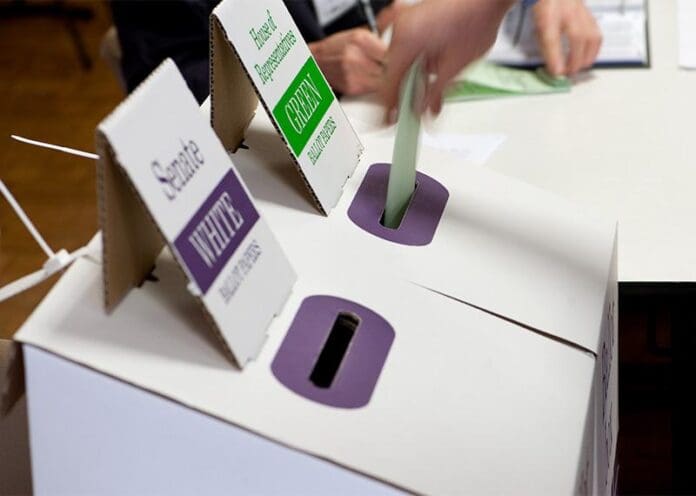Australia’s electoral system is one of the most reliable in the world, and every voter plays a role in protecting it. You may come across false or misleading information about the electoral process. It’s important to pause and think carefully about the content and source of anything you see, hear, or read.
Check whether the material:
● Uses inflammatory language that provokes strong emotions such as shock, anger, or excitement
● Connects unrelated arguments or ideas that don’t make logical sense
● Presents only a limited number of voting options instead of showing all available choices
● Blames specific groups or individuals who are not solely responsible
● Attacks individuals rather than addressing the actual issues or arguments
● Hides false claims by framing them as questions
● Makes unverified claims, shares isolated facts or partial stories without presenting the full context
Check the source of the information:
● Where did the information come from? Is it from a trusted source?
● How was it created? AI technology makes it easier to produce false text, images, videos, and audio
● When was it published? Old content can sometimes appear new
● Why was it published? Is it trying to convince you of something that isn’t true?
Visit the official Australian Electoral Commission website to distinguish between accurate and misleading information regarding:
● How to complete your ballot paper
● When to vote
● How the election is conducted
● How votes are counted
● How results are determined
● What safety, monitoring, and other security measures are in place
We all share responsibility for protecting the integrity of our electoral system. Encourage your friends, family, and community to carefully assess the information they encounter.
For more advice, visit: aec.gov.au/translated
Prepared in partnership with the Australian Electoral Commission, 10 Mort Street, Canberra.


